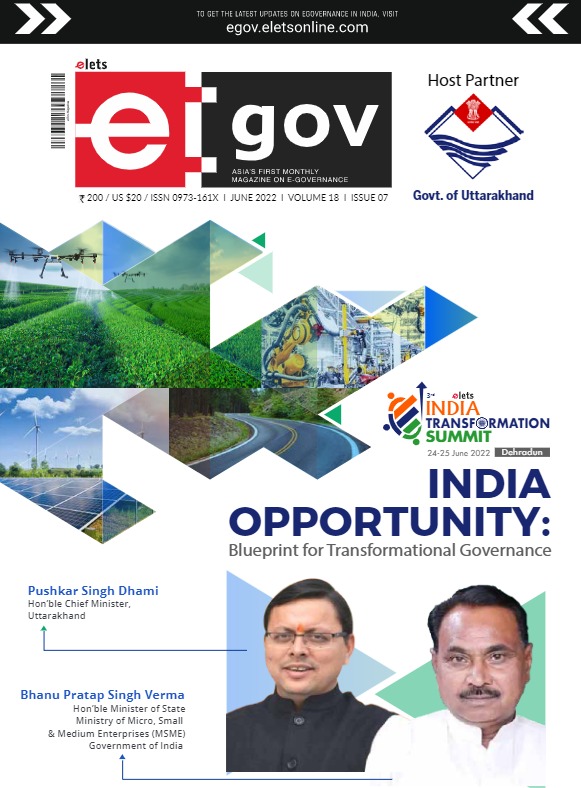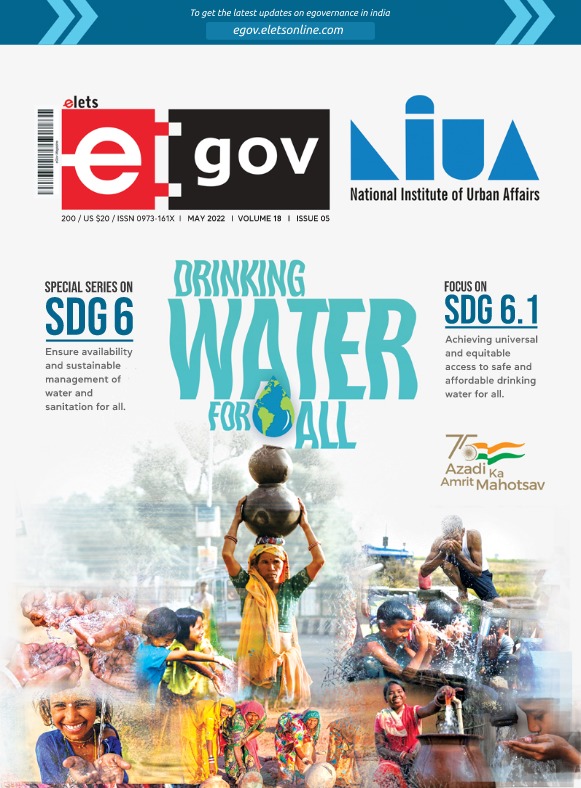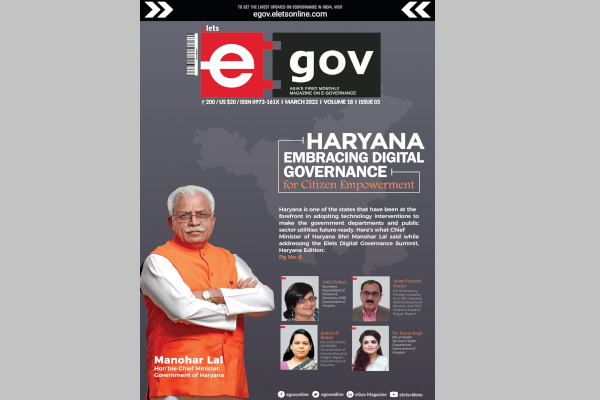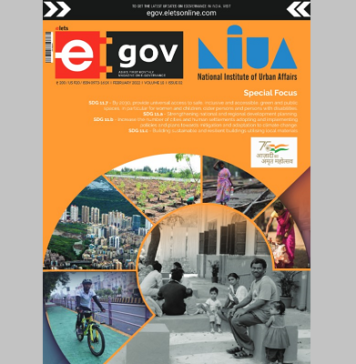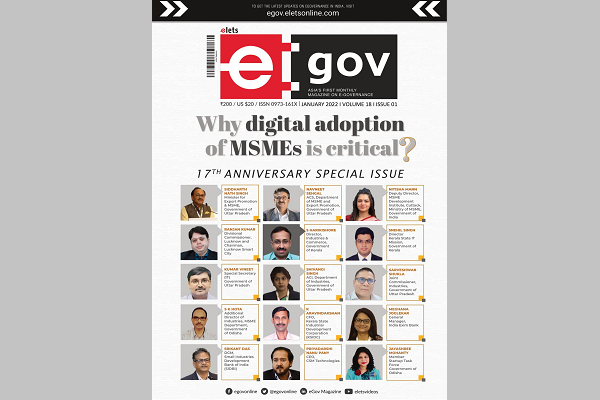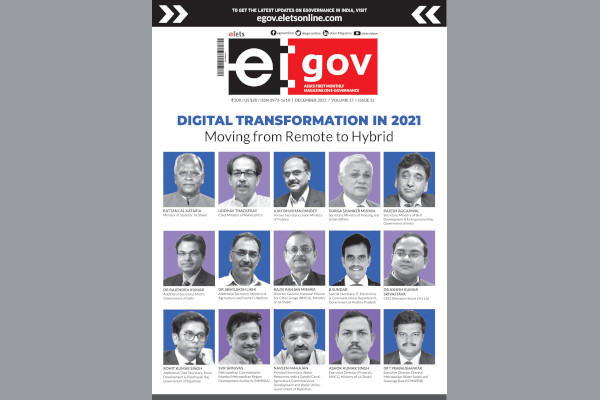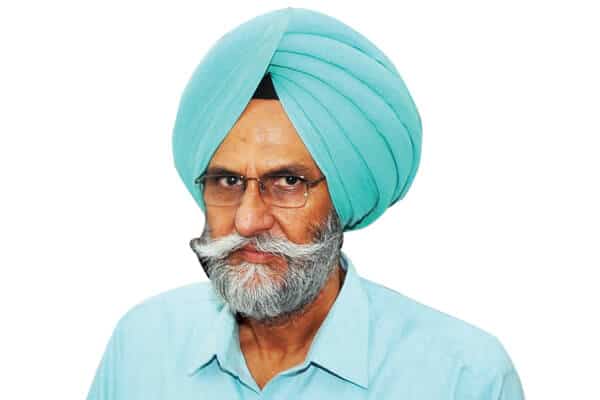
 Growing from strength to strength, Punjab State Power Corporation Limited (PSPCL) has undertaken several steps to help the state achieve the feat of becoming a power surplus state. While sharing the details of this journey, Baldev Singh Sran, Chairman-cum-Managing Director, PSPCL, talks about the success of corporation’s digital payment initiative and other innovative steps underway, in conversation with Priya Yadav of Elets News Network (ENN).
Growing from strength to strength, Punjab State Power Corporation Limited (PSPCL) has undertaken several steps to help the state achieve the feat of becoming a power surplus state. While sharing the details of this journey, Baldev Singh Sran, Chairman-cum-Managing Director, PSPCL, talks about the success of corporation’s digital payment initiative and other innovative steps underway, in conversation with Priya Yadav of Elets News Network (ENN).
From a power deficit State to a power surplus State – how has been the journey and what has brought about this transformation?
From the days of scheduled power cuts, regulatory measures, weekly off days, peak load restrictions, Punjab has become a power surplus state with the coming up of three Independent Power Producers (IPPs), namely NPL, TSPL and GVK. Punjab State Power Corporation Limited (PSPCL) has successfully met the highest ever demand of this season (2018) of 12,556 MW, in comparison to 11,705 MW of previous year and provided uninterrupted power supply. PSPCL has surpassed its own record of highest ever energy supplied during a day with the supply of as high as 2,749 LUs of energy within state on August 4, 2018, and in addition, sold six LUs in power exchange. Due to surplus capacity, we are able to bank energy during non-peak season that is utilised during paddy season, and this year 1950 MW of banking power was made available.
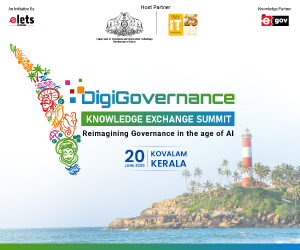
What is the status of power supply in Punjab after the State become power surplus?
PSPCL is successfully providing eight hours of daily power supply to the agriculture sector in paddy season and uninterrupted power supply to all categories of consumers, including industry. There is no power cut for any category of consumer. Power regulatory measures such as restrictions, weekly off days, etc are also a thing of the past. In addition to this, PSPCL is selling surplus power.

What digital initiatives have been taken up and how are they helping in streamlining the system?
PSPCL consumers are allowed to make payment of electricity bills by using Internet Banking, various credit cards, debit cards, Rupay Card, cash cards/ mobile wallets through payment gateways of Billdesk, PayU and direct integration via Paytm and BBPS (NPCI, GOI). Facility of RTGS/NEFT payments through SBI is also made available to PSPCL consumers. To promote digital payments, PSPCL consumers are getting incentives from Paytm and other mobile apps available of cash back on electricity bill payments and other sales promotion offers as made available by these apps from time to time.
These apps are providing free of charge service of bill payments to PSPCL consumers. In PSPCL, due date of electricity bill payment through non-cash modes, i.e., cheques/DDs is two days earlier than cash payment due date. To promote digital modes and to make it more lucrative, PSPCL considers all digital payments at par with cash payments and thus, benefit of grace period of two days is given to consumers making bill payment through online means.
How are cashless transactions being encouraged and how have they helped the people?
PSPCL has issued instructions to make digital payments mandatory for consumers with bill amount of more than Rs 3 lakh. Further, to promote online payments, various methods like radio advertisement, print media advertisement, SMS, awareness through flex banners and message on electricity bills, as well as messages on PSPCL website are being used.
PSPCL is at No. 4 position (with 23.64 percent consumers, making online payment) for online payments, as per the Consumer Dashboard on Government of India’s Urja App (for the month of May 2018). All India average is 19 percent. It is expected that approximate Rs 500 crores per month would be collected through RTGS mode from consumers having bill amount above Rs 3 lakh per month and it would definitely improve all India ranking of PSPCL in coming months.
On July 16, 2018, PSPCL collected record payment above Rs 220 crores through digital modes. During July 2018, it collected electricity bills payment of Rs 1,112.52 crores through digital modes and that is 45.43 percent of the total bill payment received. This percentage is highest ever recorded in the country for collection in a month. In FY 2018-19, payment of Rs 2,480.65 crores were received vide 27.11 lakh online transactions through digital modes up to July, 2018.
What are the Transmission and Distribution losses of PSPCL and what is being done to reduce these?
PSPCL has achieved the 13.62 percent of T&D losses in FY 2017-18. PSPCL came into existence on April 16, 2010 and at that time the T&D losses were registered as 20.12 percent after which a number of initiatives have been taken to improve the T&D losses. These works were undertaken with PSPCL funds and Government of India sponsored schemes like R-APDRP. Further improvements are being undertaken under DDUGJY & IPDS schemes with cost of Rs 252.06 crores and Rs 330 crores, respectively.
Punjab is an agriculture intensive State and lot of power is required to fulfil its needs. What is the policy and reforms undertaken in this area?
As per a Punjab Government notification, eight hours daily power supply is to be provided to the agriculture sector. PSPCL has been successfully supplying eight hours of uninterrupted daily power supply to the sector as per its commitment. Punjab State Power Corporation Limited (PSPCL) has implemented a pilot project of “Paani Bachao, Paise Kamao” scheme of Direct Benefit Transfer for Electricity (DBTE) to AP consumers of six feeders in Fatehgarh Sahib, Jalandhar and Hoshiarpur districts. The scheme is being implemented for the sole purpose of saving groundwater in Punjab. Due to the high consumption of groundwater in the state for cultivation, agricultural consumers will be incentivised through this scheme to save water and earn money for the same.
The implementation of Direct Benefit Transfer for Electricity (DBTE) scheme will also result into crop diversification, accurate energy accounting, accurate Transmission and Distribution (T&D) losses, curbing of wasteful energy consumption, etc. Till date, 121 consumers have opted for this scheme.
Now that Punjab is power surplus, what is the power sale policy?
For the sale of surplus power, PSPCL has created a dedicated cell to manage sale of surplus power. PSPCL has appointed PTC and Tata Power Trading Company Limited (TPTCL) for sale of surplus power on behalf of PSPCL. PSPCL is considering tenders for sale of power to other utilities/discoms and participating in every tender and except for the like paddy season, coal related conditions, transmission corridor congestion etc. For sale of surplus power under bilateral arrangements, along-with banking, matter has been taken at CMD/PSPCL level with various Himachal Pradesh, Uttarakhand, Madhya Pradesh, Chhattisgarh, West Bengal, Andhra Pradesh, Karnataka, Tamil Nadu.
Further, identification of sectors with potential for more consumption and encourage/facilitate such consumers to increase consumption to reduce fixed cost liability is being done. During FY 2018-19, sale of surplus power outside the State worth Rs 125 crores has already been done by PSPCL up to July, 2018.
What can the people of the State look forward to in terms of power expenses?
Gap of Average Cost of Supply (ACS) and Average Revenue Realised (ARR) for PSPCL is (-) 0.68 for FY 2017-18. This difference will come down with timely payment of subsidy by the state government. Two-part tariff has been implemented in Punjab with effect from January 1, 2018 as per the provisions of National Tariff Policy. Two-part tariff is introduced with an aim to provide electricity to consumers at lower rates. Fixed charges are kept lower than the Monthly Minimum Charges (MMC) of Single-Part Tariff. As consumers are likely to consume more power, in Two-Part Tariff their per unit electricity rate would come out to be lower.
Be a part of Elets Collaborative Initiatives. Join Us for Upcoming Events and explore business opportunities. Like us on Facebook , connect with us on LinkedIn and follow us on Twitter, Instagram.
"Exciting news! Elets technomedia is now on WhatsApp Channels Subscribe today by clicking the link and stay updated with the latest insights!" Click here!






